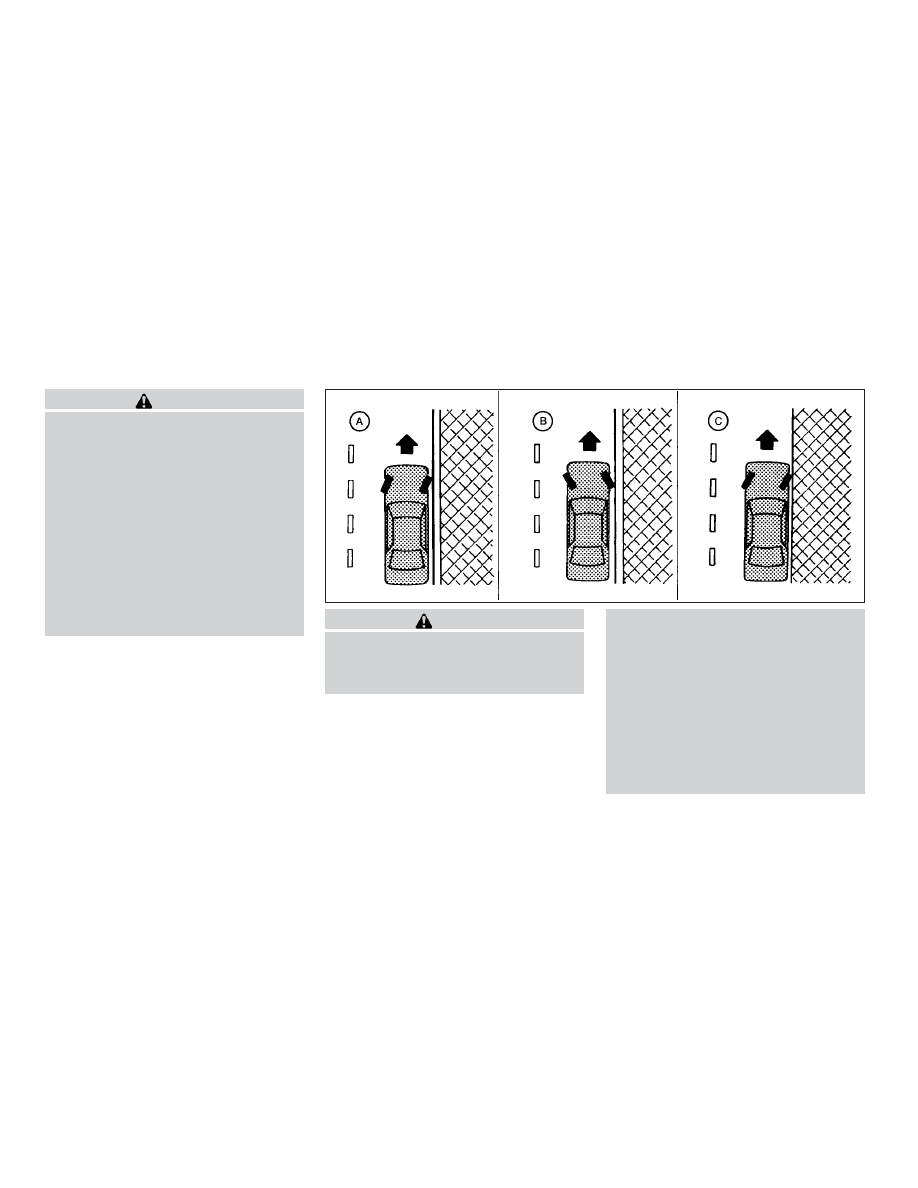Nissan Rogue (2019 year). Instruction - part 26

WARNING
∙ When driving straight, shift the AWD
LOCK switch to AUTO. Do not operate
the AWD LOCK switch when making a
turn or backing up.
∙ Do not operate the AWD LOCK switch
with the front wheel spinning.
∙ Engine idling speed is high while
warming up the engine. Be especially
careful when starting or driving on
slippery surfaces.
∙ When turning the vehicle in LOCK
mode on paved roads, you may feel a
braking effect. This is a normal condi-
tion of the AWD model.
WARNING
∙ Do not stop or park the vehicle over
flammable materials such as dry
grass, waste paper or rags. They may
ignite and cause a fire.
∙ Safe parking procedures require that
both the parking brake be set and the
transmission placed into P (Park). Fail-
ure to do so could cause the vehicle to
move unexpectedly or roll away and
result in an accident. Make sure the
shift lever has been pushed as far for-
ward as it can go and cannot be
moved without depressing the foot
brake pedal.
∙ Never leave the engine running while
the vehicle is unattended.
WSD0050
PARKING/PARKING ON HILLS
5-150
Starting and driving